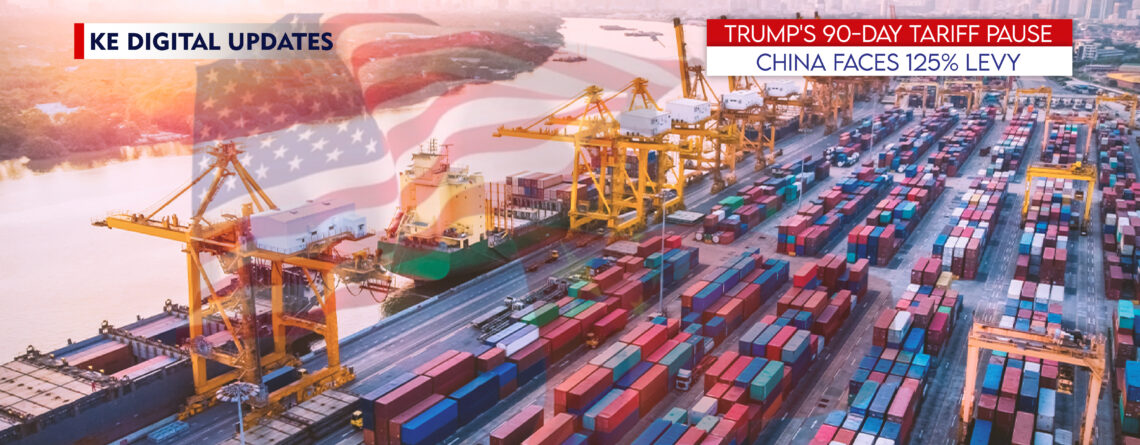President Donald Trump has announced a 90-day pause on reciprocal tariffs for most countries in a significant move that has sent ripples through global trade markets. This decision introduces a baseline tariff of 10% for these nations, providing a reprieve to U.S. trade partners. However, the exception to this pause is China, which now faces a steep 125% tariff on its goods—a sharp escalation in the ongoing trade war between the two economic giants.
As stated by the Trump administration, the rationale behind this decision is to address what it perceives as China’s lack of respect for global trade norms. The administration has accused China of unfair trade practices, intellectual property theft, and currency manipulation, which have long been points of contention in U.S.-China relations.
China, in response, has imposed retaliatory tariffs of 84% on U.S. goods, further intensifying the trade conflict. This tit-for-tat approach has created uncertainty in global markets, with businesses and investors closely monitoring the situation for potential economic fallout.
The 90-day pause is seen as an opportunity for the U.S. to engage in trade negotiations with other countries. Over 75 nations have reportedly reached out to the U.S. for discussions, aiming to secure favorable trade terms during this window. The pause also allows American businesses to adjust to the new tariff landscape and explore alternative supply chains.
Global markets have reacted strongly to the announcement. Stock indices in Asia and the U.S. have experienced sharp fluctuations, reflecting these trade policies’ uncertainty and potential impact. While some sectors, such as manufacturing and agriculture, may benefit from reduced competition, others could face challenges due to increased costs and disrupted supply chains.
The decision to exempt most countries from the heightened tariffs is seen as a strategic move to isolate China and rally international support against its trade practices. However, critics argue that the aggressive stance could backfire, leading to prolonged economic instability and strained diplomatic relations.
As the 90-day period unfolds, all eyes will be on the U.S. and its trade partners to see if meaningful progress can be made in resolving trade disputes. The outcome of these negotiations will have far-reaching implications for global trade dynamics and economic growth.







Leave a Reply